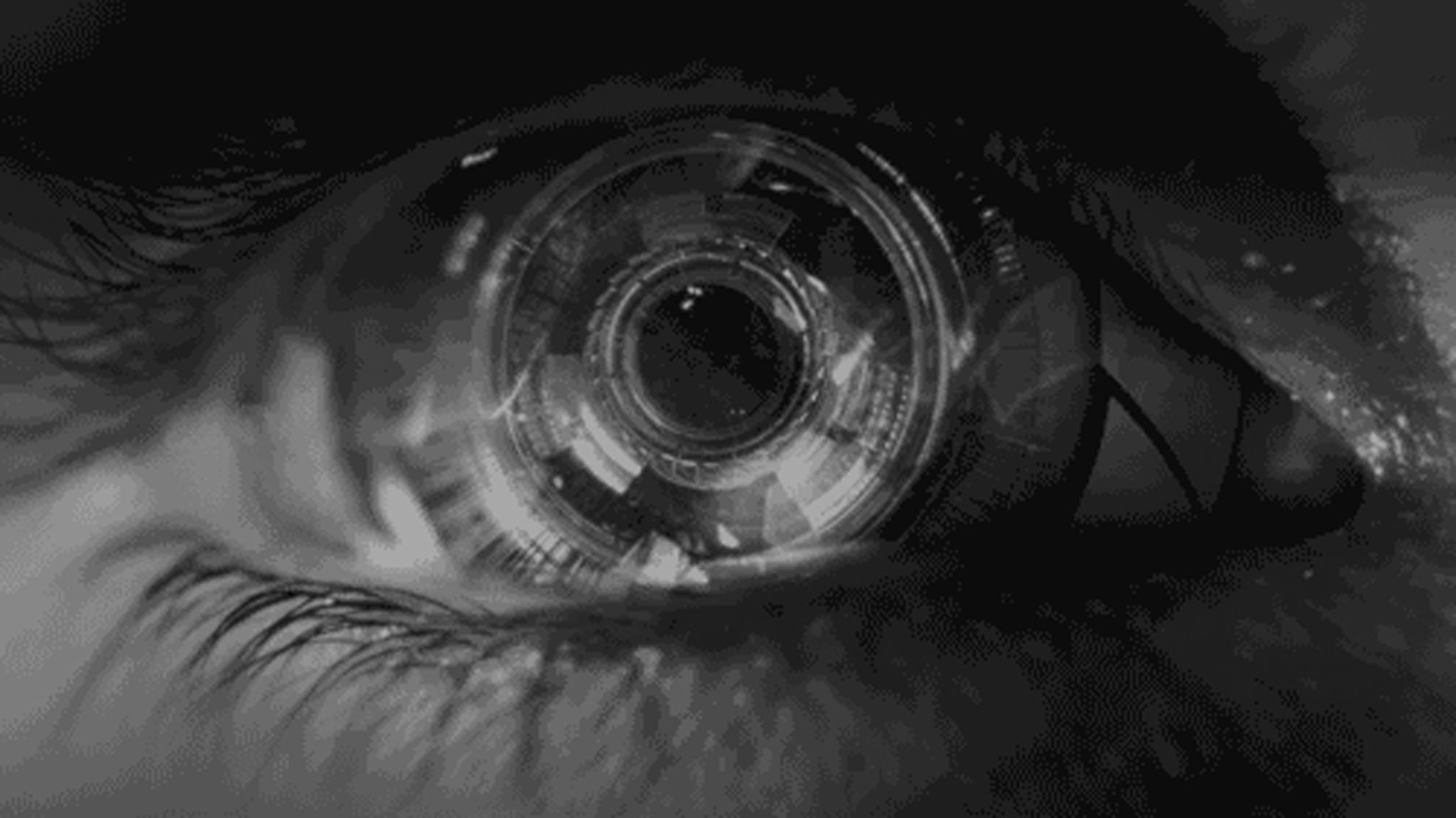While it’s often hard to admit, we all get the shiny object syndrome when developing creativity.
Constantly looking for the tool that will make our lives so much easier and our jobs feel like a breeze. When that product comes to us we are mesmerized by how “shiny” it is and can’t wait to start using it.
And yet, the best glass of orange juice I ever had was fresh-squeezed by hand, not made in a factory by a million-dollar machine.
My favorite form of travel is walking, not taking a private jet (although I’ve yet to try it).
There are always going to be new tools with the proposition of “revolutionizing” the way you work. Some of them will live up to that lofty goal, while most will fall short.
So, how do you decide what tools are necessary to developing creativity? How do you know it is time to change your process?
The short answer is: don’t get caught up in what tools you need but focus on mastering the ones you already have.
While new tools can increase productivity, they can also be huge limiting factors. There’s a learning curve to every tool that holds you back from working.
Healthcare took its time developing creativity and adopting telemedicine
Creatives can learn from the healthcare industry, which notoriously takes its time embracing new technology.
Imagine hopping on a Skype call with your doctor. In essence, that’s telemedicine–diagnosing and treating patients from remote locations with video or text messaging. Every day, a group of surgeons here in the U.S. coach-general practitioners in Syria through procedures via phone, and it’s making a huge difference. There’s no reason this form of assisted healthcare can’t grow, breaking the formal, elongated process of visiting a hospital.
Remember making macaroni portraits with Elmer’s glue in Kindergarten? Well, some doctors and researchers in Germany realized how much they missed playing with glue, so they created surgical glue known as Adhesys. This polyurethane-based surgical sealant, used during surgery to seal arteries and blood vessels to minimize blood loss, has doctors and surgeons antsy to relive their childhood. In all seriousness, though, this is a huge breakthrough in medical procedures and will be a great surgical aid.
Both telemedicine and Adhesys are exciting tools that to the outsider seem to be widely implementable today. But, each is going through an intense vetting process right now. In fact, we might not see either of these technologies commonly used by doctors until 2026 or even 2036!
I’m not encouraging you to stick to the same tools forever – don’t be the guy/gal that still sneezes in their hands instead of using a tissue.
But, when you see a new tool be a skeptic first. Read the reviews. Talk with other users before you spend a bunch of time learning and implementing it into your regimen.
The best surgeons aren’t amazing because of the tools they have. Instead, they’ve developed a relationship of mastery with their tools that is unparalleled.
Don’t let your tools define you.
If you feel at a loss for what amount of tools is a good amount, then you should follow Quick Theories, which is a brief, weekly email of my thoughts on modern technology, how it’ll affect your life, and why you should adapt to these changes in your own creative way. You can sign up here: quicktheories.com


